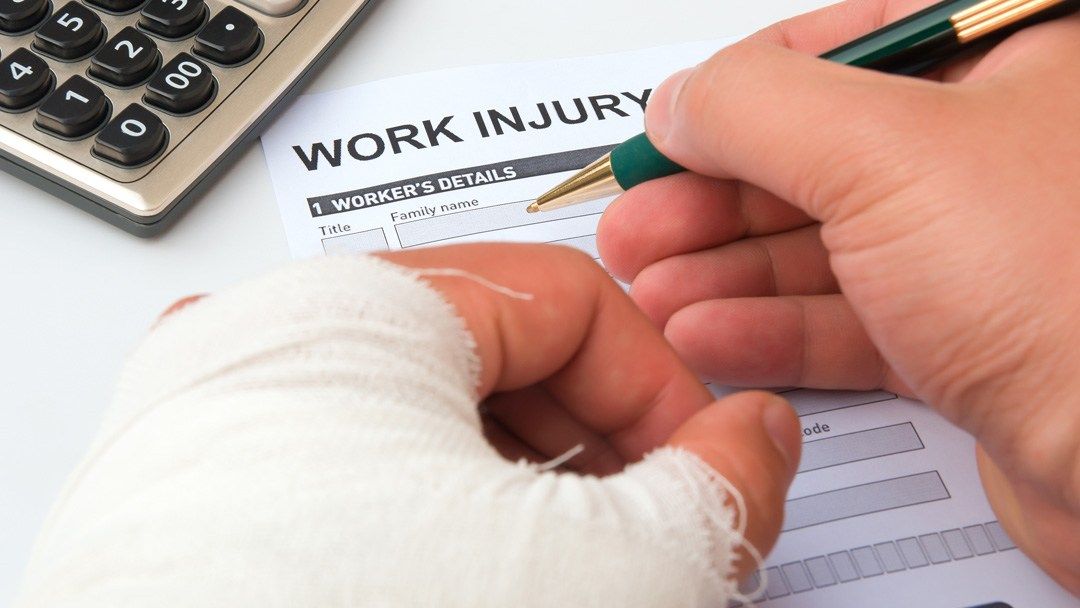
Slip-and-Fall Accidents: Legal Statute of Limitations
Slip-and-fall accidents and the statute of limitations
While some people in New York are looking forward to a winter wonderland during this holiday season, they must keep in mind that ice and snow pose dangers not just to drivers on the roadways, but also to pedestrians walking on the streets and sidewalks. One slip-and-fall accident can lead to serious injuries, perhaps necessitating a lengthy hospital stay and extensive rehabilitation.
When a person is injured in a slip-and-fall accident, their main priority is healing from their injuries. However, as the medical bills mount and they are unable to go to work, their finances may soon be stretched tight. When this happens, they may want to pursue a personal injury lawsuit to seek compensation for the damages suffered.
In some cases, a property owner’s negligence can contribute to a slip-and-fall accident. For example, in some cases, a store owner may have a duty to clear ice from the sidewalk in front of her store. If she breaches that duty, and someone is injured as a result, the injured may be entitled to compensation.
The injured should keep in mind that they only have a limited time in which to file a lawsuit seeking compensation. This time limit is known as the statute of limitations. It is a law that, basically, dictates how long after an event a person has to file a lawsuit. After the statute of limitations has passed, it is no longer possible for a person to bring a lawsuit based on that incident.
In New York, when it comes to slip-and-fall lawsuits, the person has three years starting from when the accident occurred to file a lawsuit. For example, if a person slipped on an icy sidewalk, and injured his or her knee and back, that person only has three years from the date that he or she slipped on the sidewalk to seek damages in connection to the injuries he or she suffered in the incident/ An attorney familiar with sidewalk accidents and falls can help explain how the law may apply in to your circumstances.
